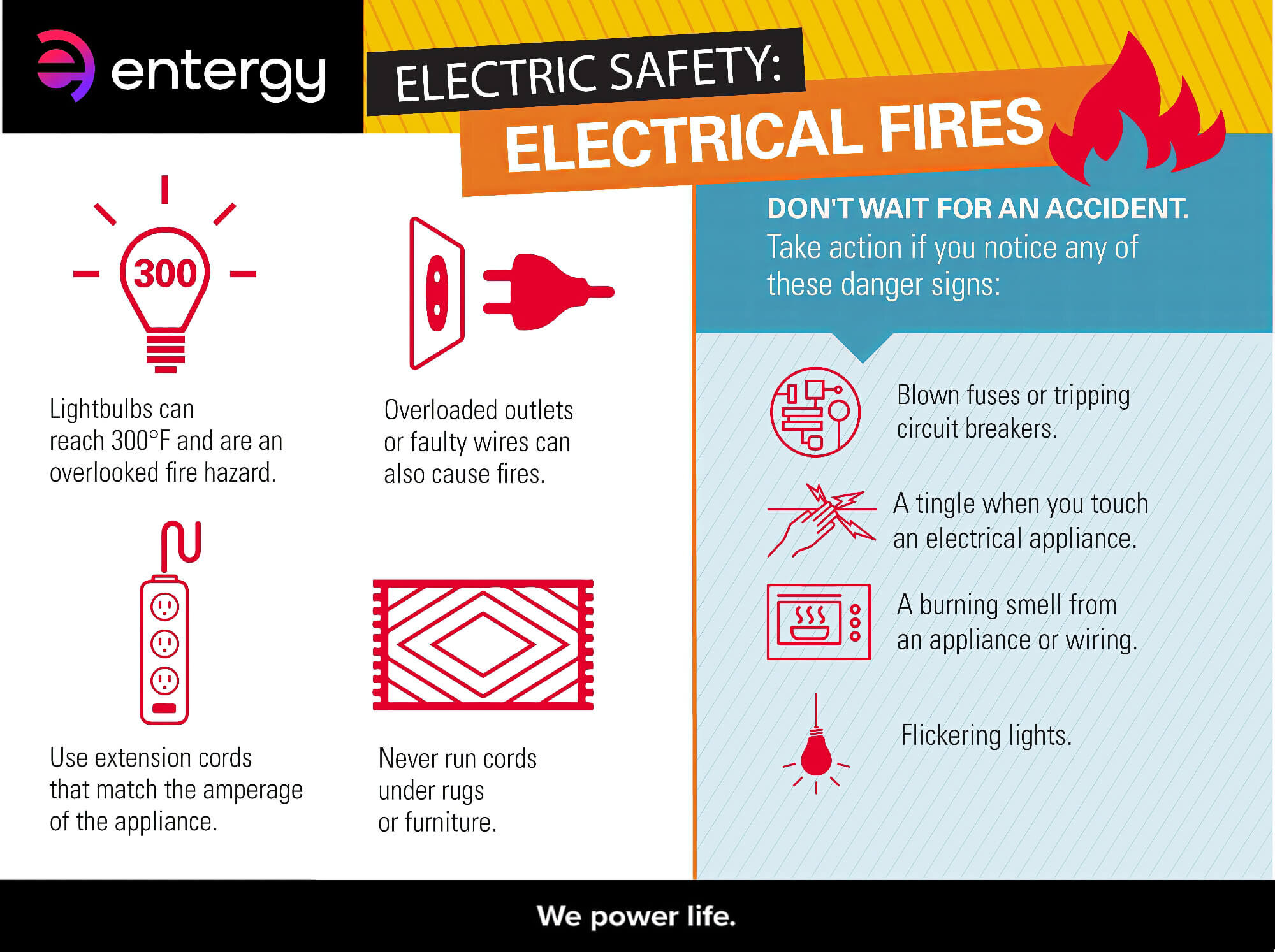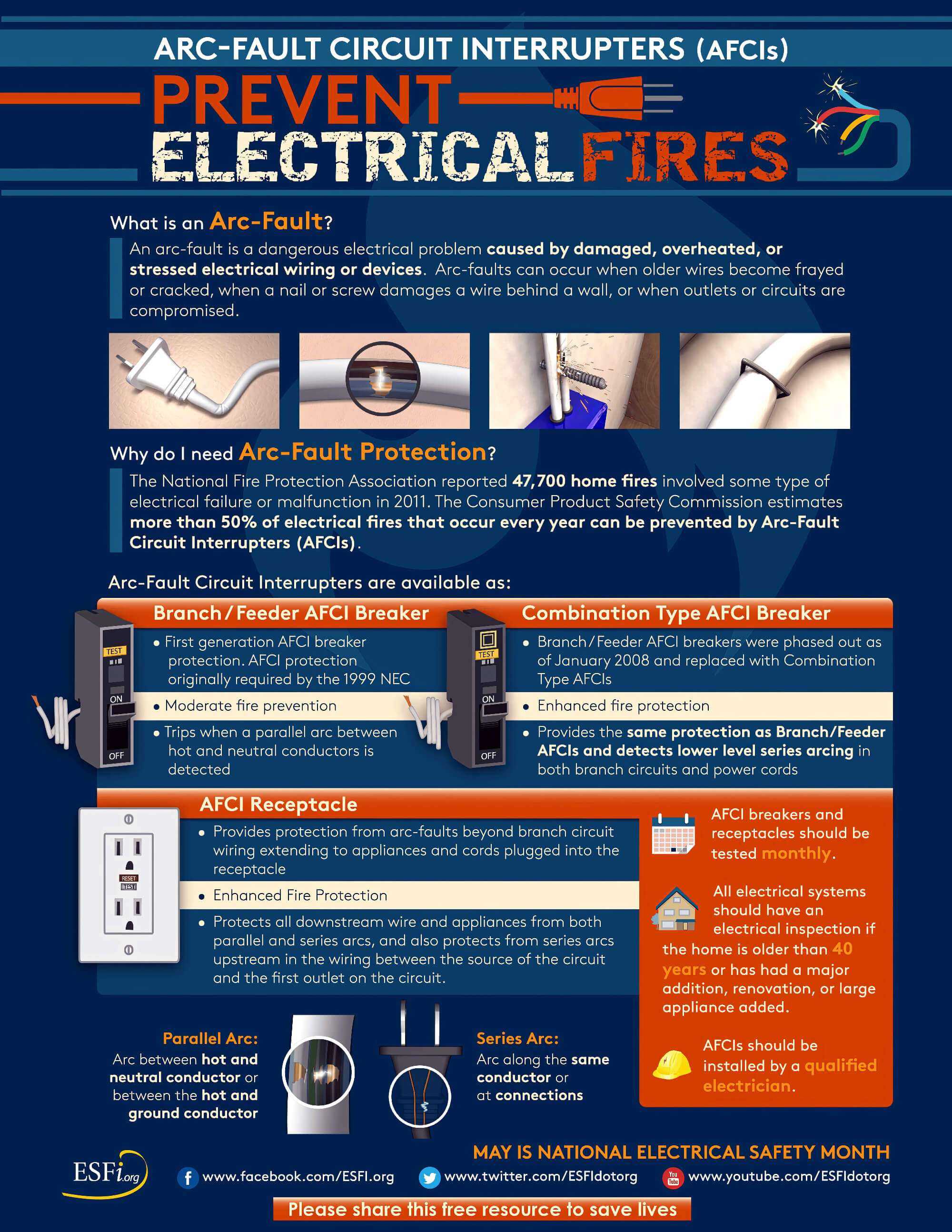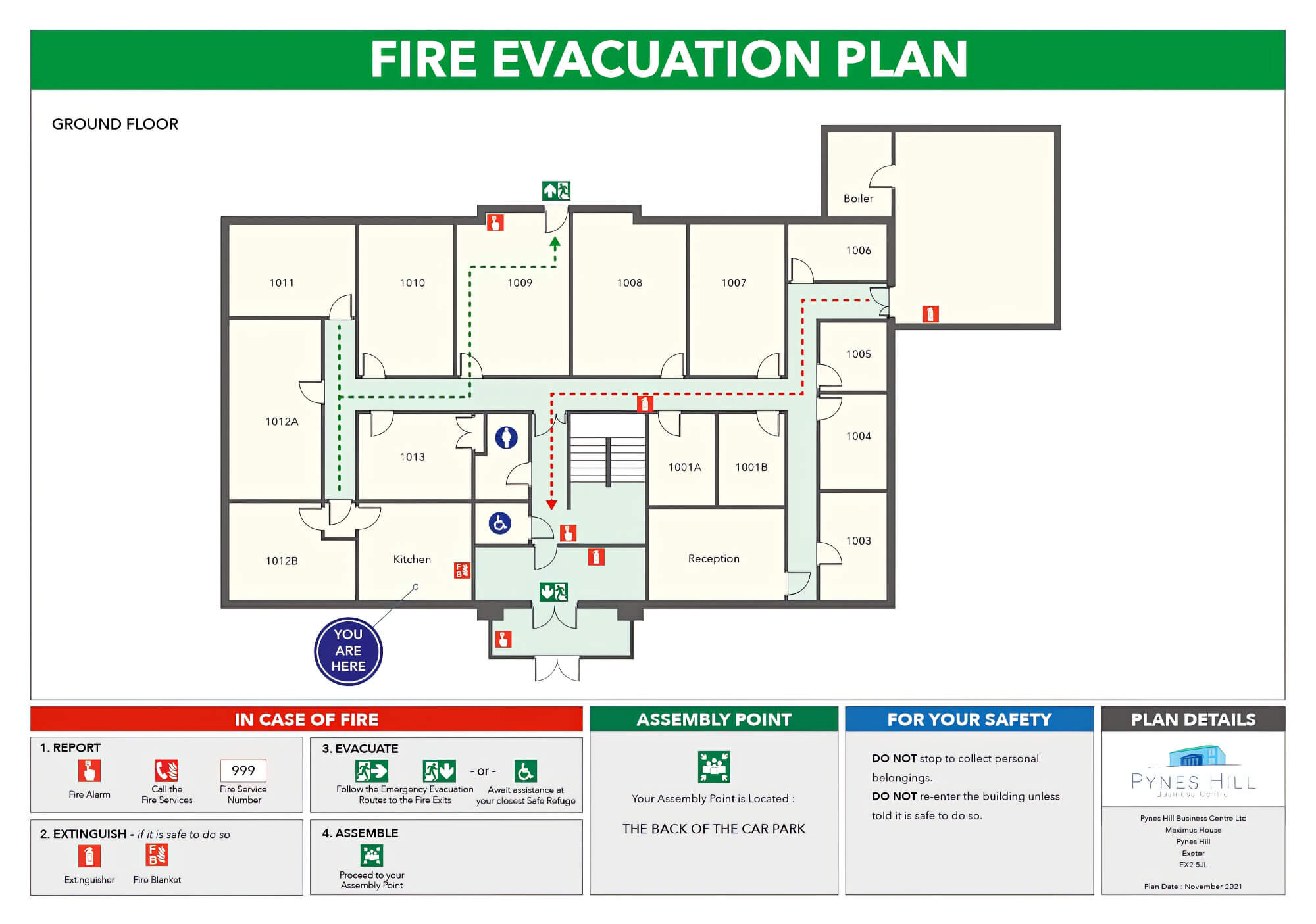Electrical fires are a significant hazard that can lead to devastating consequences, including property damage, injuries, and even death.
In an increasingly technology-driven world, where electrical devices and systems are an integral part of our daily lives, it is essential to understand the causes of electrical fires and how to prevent them.

This blog aims to illuminate the various factors that contribute to electrical fires, from faulty wiring to overloading circuits, and provide valuable insights into effective preventive measures.
Overview of the Dangers and Impact
Electrical fires can have devastating consequences, ranging from property damage to injuries and even death. These fires often spread rapidly due to faulty electrical cords, flammable materials, insulation, and the high temperatures generated by electrical arcing or sparks.
The resulting blaze can engulf entire structures within minutes, making it challenging for occupants to escape and firefighters to control the situation.
In addition to physical harm, electrical fires can cause significant financial losses. They destroy valuable assets, disrupt business operations, and lead to costly repairs and rebuilding efforts.
The aftermath of an electrical fire can also psychologically affect individuals who experience the trauma of witnessing or being involved in such an incident.
Understanding the Causes and Prevention Measures
Understanding the causes of electrical fires is essential for their prevention. By recognising the factors that contribute to these fires, individuals can take proactive measures to minimise the risk.
Faulty Or Deteriorating Wiring
Faulty electrical wiring and electrical system issues are significant contributors to electrical fires. These problems can arise from various factors, such as outdated wiring, improper installation, or wear and tear.
Understanding the risks associated with faulty wiring is crucial for preventing electrical fires and ensuring the safety of homes and businesses.
Outdated or deteriorating wiring is particularly hazardous as it may not meet modern appliances and devices’ current safety standards and electrical demands. Over time, the insulation around wires can become brittle, exposing the conductive parts and increasing the risk of short circuits and sparks.
Faulty wiring can also lead to overheating, igniting nearby flammable materials.
Improper electrical system installations can also pose significant risks. Faulty connections, loose wires, and inadequate grounding can lead to electrical faults and fires.
Hiring qualified electricians for any electrical installations or modifications is essential to ensure compliance with safety codes and regulations.

Overloaded Circuits, Damaged Outlets, and Aging Infrastructure
Overloaded circuits, damaged outlets, and aging infrastructure are common culprits behind electrical fires. These issues often arise due to the increasing electrical demands in modern homes and businesses and the natural degradation of electrical components over time.
An overloaded circuit occurs when more electrical devices are connected to a circuit than it can handle.
This excessive electrical load generates heat, potentially leading to melting wires or insulation and, eventually, fire. It is crucial to distribute electrical loads evenly across circuits and avoid using multiple high-wattage devices simultaneously on the same circuit.
Damaged outlets can also contribute to electrical fires. Faulty electrical outlets with cracks, loose connections, or frayed wiring pose a significant risk.
Plugs not securely inserted into outlets can create arcing or sparks, igniting nearby combustible materials. Regularly inspect outlets for any signs of damage and have them repaired or replaced promptly.
Aging infrastructure, including outdated wiring systems and electrical panels, increases the likelihood of electrical fires. Over time, insulation can deteriorate, wires can become brittle, and electrical components may fail to meet current safety standards.
Upgrading aging infrastructure is crucial to ensure the electrical system’s reliability and minimise the risk of fires.
Signs of Electrical Issues
Prompt action can prevent electrical faults from escalating into dangerous situations. Some common signs of electrical issues include:
Flickering Lights: If lights frequently flicker or dim without apparent reason, it may indicate loose wiring, overloaded circuits, or faulty electrical connections.
Circuit Breaker Trips: Circuit breakers are designed to trip and interrupt the electrical flow when there is an overload or short electrical circuit. If your circuit breakers trip frequently, it may indicate underlying electrical problems that require attention.
Burning Odours: Unusual burning smells, plastic odours, or a burning sensation near outlets, switches, or electrical panels should not be ignored. These odours can indicate overheating or faulty wiring, leading to electrical fires.

Warm Outlets or Switches: Outlets or switches that feel warm to the touch may indicate excessive electrical resistance or loose connections. These conditions can lead to heat build-up and potential fire hazards.
Sparks or Electrical Arcs: Sparks or electrical arcs occurring when plugging or unplugging devices or from outlets and switches are clear indicators of a potential fire hazard. If not addressed promptly, these electrical discharges can ignite nearby flammable materials.
Preventive Measures for Electrical Fire Safety
Taking preventive measures for electrical fire safety is vital to reduce the risk of electrical fires and protect lives and properties. Schedule regular inspections by a qualified electrician to assess the condition of your electrical system.
These professionals can identify fire hazards, such as faulty wiring, outdated components, or overloaded circuits, and recommend necessary repairs or upgrades.
Do not overload circuits by connecting too many devices to a single outlet or power strip.
Distribute the electrical load evenly across circuits and use surge protectors to safeguard against power surges. Promptly replace outlets, switches, or extension cords that are damaged, frayed, or showing signs of wear and tear.
Damaged electrical components increase the risk of electrical faults and potential fires.
Utilise surge protectors to safeguard sensitive electronic devices and prevent power surges. Surge protectors help regulate and stabilise electrical flow, reducing the risk of electrical fires caused by power surges.
Flammable materials, such as curtains, paper, or clothing, should be kept away from electrical equipment, outlets, and appliances. This reduces the likelihood of accidental ignition in case of electrical malfunctions.

Follow manufacturer guidelines and safety instructions when using appliances and electrical devices. Avoid using devices with damaged cords or plugs; unplug them when not in use. Install smoke detectors on every level of your home or business and ensure they function correctly.
Regularly test and replace the batteries as needed. Have fire extinguishers readily available in easily accessible areas and ensure they are regularly inspected and serviced. Install fire alarms throughout the premises to provide early warning in case of a fire.
Importance of Regular Electrical Maintenance and Inspections
Regular electrical maintenance and inspections play a vital role in ensuring the safety and reliability of electrical systems in homes and businesses. Over time, electrical systems can develop faults or deteriorate, increasing the risk of electrical fires.
Regular inspections by qualified electricians can help identify potential fire hazards, such as faulty wiring, loose connections, or outdated components. Detecting and addressing these issues early on can prevent fires from occurring.
Electrical systems must adhere to safety standards and building codes to minimise the risk of fires. Regular maintenance and inspections ensure that electrical systems meet these standards.
This is especially important in commercial settings, where compliance with safety regulations is crucial for protecting employees, customers, and assets. Electrical systems undergo wear and tear over time. Regular maintenance helps identify components nearing the end of their lifespan, allowing for timely replacements.
By replacing aging or deteriorating components, the overall safety and efficiency of the electrical system can be maintained.
Regular inspections can identify energy inefficiencies within the electrical system, such as power leaks or outdated equipment. Addressing these inefficiencies helps reduce energy waste and minimises the risk of overheating and electrical fires caused by overloading circuits or equipment.
Knowing that your electrical system has undergone regular maintenance and inspections provides peace of mind. It assures homeowners and business owners that their electrical infrastructure is safe, minimising the worry of electrical fires and associated risks.

Developing an Emergency Escape Plan and Practicing Fire Drills
Developing an emergency escape plan and regularly practising fire drills are vital to ensure a swift and safe evacuation in the event of a fire. An emergency escape plan outlines the procedures and routes to be followed during a fire emergency.
It identifies primary and secondary escape routes, assembly points, and other critical details. By developing and communicating this plan, occupants are better prepared to respond quickly and safely during a fire.
To enhance fire safety and preparedness, the following fire safety equipment and practices are essential:
- Install smoke detectors in key areas throughout your home or business.
- Place the fire extinguisher in easily accessible locations, such as kitchens, garages, and areas with electrical equipment.
- Install fire alarms that detect heat or smoke and provide audible alerts to occupants.
- Develop and practice an emergency escape plan with all home occupants or business employees.
- Conduct regular fire drills to familiarise occupants with evacuation procedures and escape routes.
Practising fire drills helps occupants become familiar with escape routes and procedures. Regular drills ensure that individuals know how to evacuate efficiently and without panic.
This includes knowing where the nearest exits are, understanding alternative routes, and being aware of any specific considerations for individuals with mobility challenges. Fire drills allow testing of the effectiveness of fire alarms, emergency lighting, and other safety systems. Regular testing ensures that these systems are functional and can effectively alert occupants in case of a fire emergency.

Empowering Safety: Preventing Electrical Fires Through Awareness and Action
Electrical fires are a significant hazard that can result in devastating consequences. However, these fires can be significantly reduced with proper preventative measures and understanding common causes.
Adhering to electrical safety guidelines, such as regular maintenance of electrical systems, avoiding overloading circuits, and using high-quality electrical equipment, can minimise the risk of electrical fires.
Enersol Electrical is a company that specialises in electrical services and can help prevent electrical fires. With expertise in electrical installations, maintenance, and repairs, Enersol Electrical is committed to ensuring the safety of your home or business.
They have a team of highly trained professionals who can identify potential fire hazards, address any electrical issues, and provide expert advice on fire prevention.
To take action and safeguard your property from electrical fires, don’t hesitate to contact Enersol Electrical today!